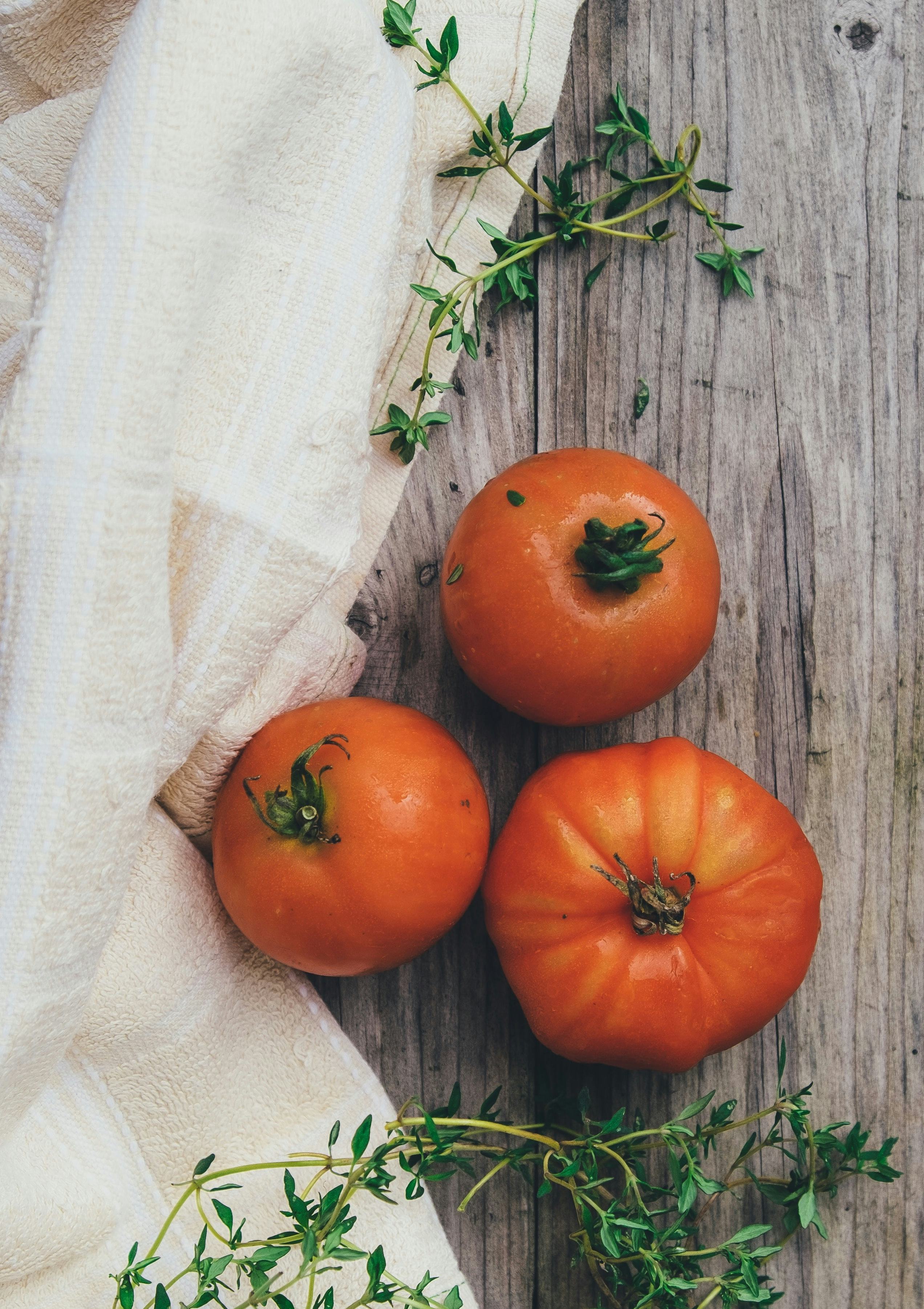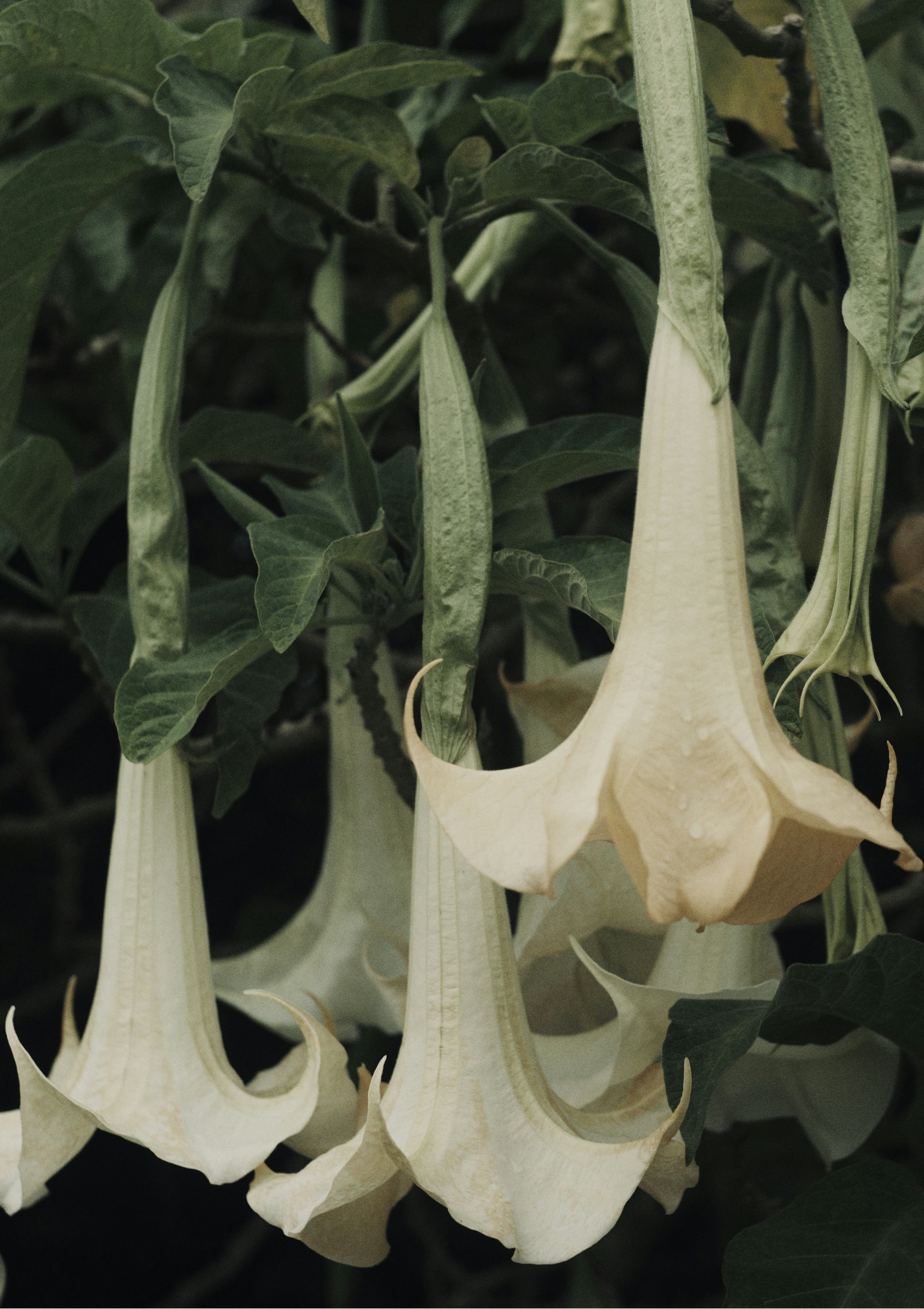“When your hands are busy your heart is serene.” – Master Origami Artist Akira Yoshizawa (1911-2005)
If I had read Yoshizawa’s quote a few years ago, knowing he was referring to origami, I would have scoffed at it. Although I’ve found peace while my hands were busy planting a garden, knitting a scarf, and chopping apples, in the past, origami only caused me stress. In school, when the other kids would make paper fortune tellers, I never did. I didn’t know how, and I was too afraid to ask. When winter rolled around and the other kids were busily cutting paper snowflakes, I was drawing circle snowmen and triangle Christmas trees because although I longed to create lacy snowflakes to tape to winter windows, I could never fold the paper right.
Origami wasn’t a craft that came easily to me, but I admired others who were proficient at it, and I appreciated its long history. According to historic accounts, Buddhist monks brought paper from China where it was invented in the first century, to Japan in the sixth century. Some suggest the monks employed the art of paper-folding to make figures for religious practices. Origami was initially solely enjoyed by the elite class as paper was rare and therefore expensive. For this reason, origami shapes were used mainly for formal ceremonies such as weddings.
Origami has also been used as an educational tool in the study of math. Grandmaster Akira Yoshizawa used it in his 20s to teach geometric concepts to employees in his factory. He also developed the symbols and notations used in modern designs. Before instructions were standardized, most were passed on by oral tradition. I picture a mother and child folding paper cranes at the dining room table the way I taught my daughter to fold laundry. When Frederick Froebel began the kindergarten movement in Germany in 1835, he included paper-folding in the curriculum. I can’t even imagine! If I had started in kindergarten, I would be a master by now. Oh, most of us can make a couple basic folds. We can at least fold a sheet in half the short “hamburger” way or the long “hot dog” way. Maybe we can make the back and forth folds of an accordion paper fan. But then things get complicated. The braver, more adventurous souls learned the basic skills and then built on those. They fashioned butterflies, animals, and cranes. I lagged behind. Until a few months ago.
My blood pressure was unusually high. I saw a doctor. That may not seem like a big deal, but I’m never sick so, other than wellness visits, I never see the doctor. She ran some tests and recommended all the usual things: healthy diet, exercise, sleep, and, the hardest one–reduce stress. The funny thing about having a blood pressure issue is that once it’s been brought to the center stage in your life, you become hyperaware of your heartbeat. Is it racing? Why is it racing? I’m not doing anything. I didn’t eat anything high in sodium. . .This constant cardiac awareness only serves to increase the very stress you are trying to avoid. I needed to distract my own attention with something else.
I’d had a fold-a-day calendar of origami paper and instructions lying around for several years. For some reason, I decided it was time to give it a try. I’m not sure what made me think that this craft that had always caused me such grief would now help me relax. Maybe it was a quote I read that says “It never gets easier. You just get better.” How true of so many things. I’ve been through some difficult things. Maybe in comparison, I thought origami would be easier than the other hard things I’ve had to endure in my life. For whatever reason, I dove in. I’m glad I did. The results were extraordinary.
In the beginning, I focused on getting the shape right. Then I relaxed into it, taking care to precisely line up corners, feel the glossy paper on my fingertips as I creased the folds. Suddenly this person who spends much of her time in her head either writing or in some other way trying to figure out her life and how to best serve those around her (whether in the classroom as a teacher or at home as a wife and mom) was suddenly in the present interacting with the physical world in the form of a six-inch square of paper, a set of instructions, and her own two hands. Not typing up ideas or scrawling them in a notebook but folding, rotating, and flipping a two-dimensional object in order to create a three-dimensional object.
In the process, I noticed an acute connection between my mind, my hands, and my heart. Literally my heart. Because it worked. My heart rate and blood pressure really did come down after working on a piece for only a few minutes.
Encountering Yoshizawa’s quote today, I find it not only beautiful but also true. In addition, there were lessons I learned about the craft that can apply to life in general:
You will improve, but also look back on your first efforts to see how far you’ve come. Be grateful.
Once you make a decision, be confident in it. Crease sharply.
Regarding mountains and valleys (folds), often you make one only to bend it the other way and you see that it has to be its opposite in order to create the design correctly. Sometimes our mountaintop experiences arise out of our valleys.
At times it helps to know what the end product is supposed to look like in order to figure out the steps that will get you there.
Actually, that last one doesn’t necessarily apply to life. Despite carefully planning a design for our future, we seldom know how any situation will turn out. We learn as we go. This can create stress. In order to not get overwhelmed, it usually helps to return to the basics. In origami, this means starting with an easy fold like a square, a bird, or a blitz. In life, this means returning to our basic needs like nourishment, rest, and love. Origami masters like Akira Yoshizawa appreciate the fact that we are not merely physical beings or cerebral beings but a combination of both. There is indeed a connection between the hands and the heart and the mind. They affect each other, and we must nourish each one if we ever hope to achieve balance in our lives.
https://www.toki.tokyo/blogt/2016/4/4/origami-the-japanese-tradition-of-paper-folding
http://www.origami-instructions.com/history-of-origami.html
https://www.thesprucecrafts.com/brief-history-of-origami-2540653
Amy Nicholson finds grace in ordinary places. She writes by a waterfall in northwest Connecticut where she lives with her husband and their three amazing kids, an aloof cat (aren’t they all?), and a black lab who doesn’t know she’s not a human. She has been published in Country Woman, Green Mountain Trading Post, Today’s American Catholic, among other places, and on her website.
Discover more from Amy Nicholson .







.jpg?ixlib=gatsbyFP&auto=compress%2Cformat&fit=max&q=50&w=5431&h=5665)

